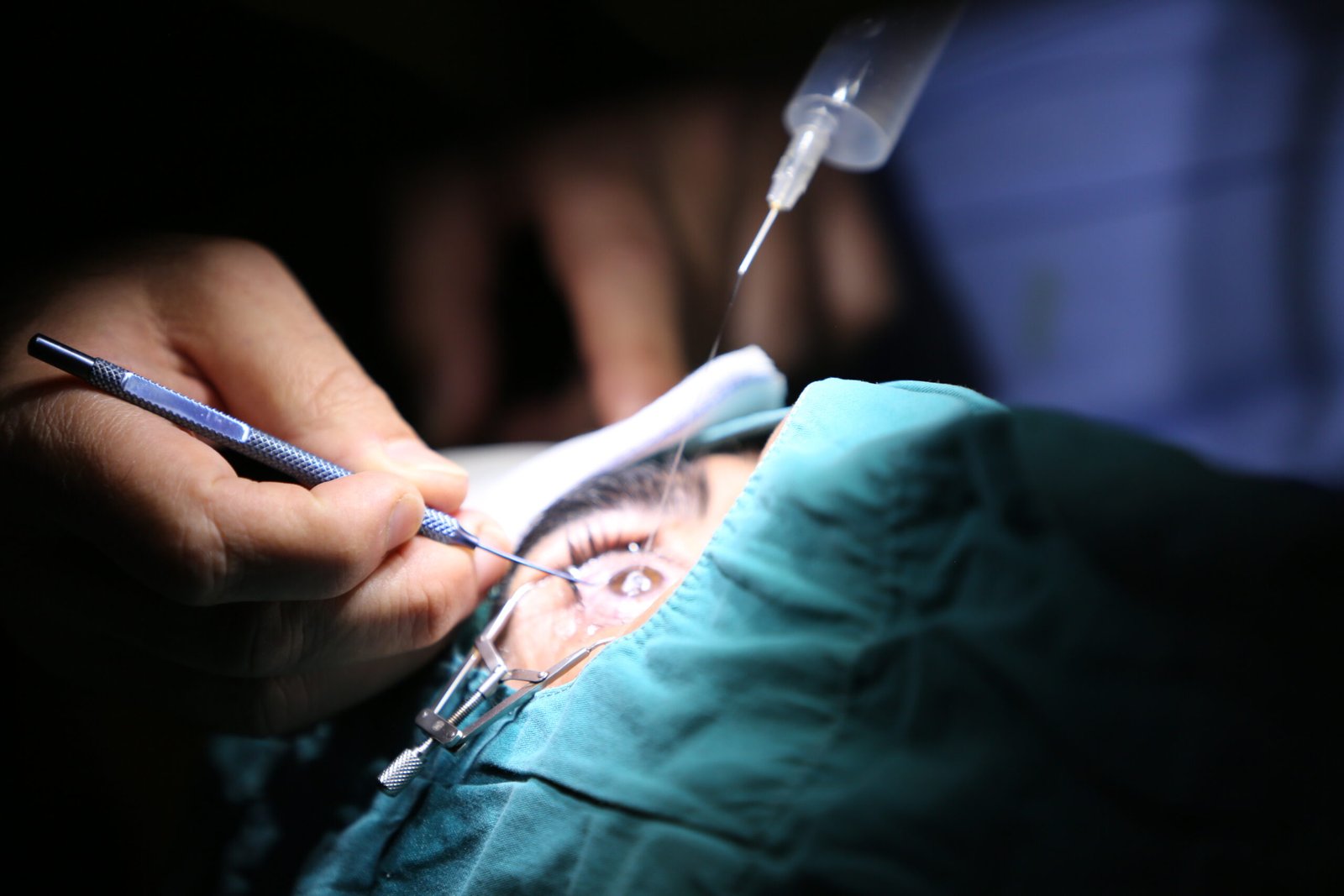There’s something quietly unsettling about waking up one day and realising the world isn’t as crisp as it used to be.
You didn’t notice it at first. Perhaps the newspaper print started to feel a little too small, or night driving became a bit more stressful than it had been before. Perhaps you’ve found yourself switching on more lights around the house to feel comfortable. Slowly, subtly, your vision has changed.
For many people in their 50s, 60s, or even earlier, that’s often the first clue pointing toward something called cataract.
But here’s the good news: it’s treatable. It’s safe. And it’s simpler than you might imagine.
So, What Are Cataracts – And Why Do They Sneak Up On Us?
Cataracts don’t arrive with warning sirens. They don’t cause sudden blindness or immediate pain. They’re slow, and that’s what makes them tricky.
What’s really happening is that the natural lens in your eye, which should be clear starts becoming cloudy. That cloudiness distorts the way light enters your eye, affecting how you see the world. It might start with dull colours, hazy vision, or needing brighter lights indoors. And while it’s often chalked up to “just ageing,” the reality is you don’t have to live with it.
Cataracts are not just common; they’re treatable. And surgery is the only long-term fix.
Enter: Phaco Surgery
You might’ve heard the term “Phaco” tossed around, maybe by your doctor or someone who’s had cataract surgery recently.
Phacoemulsification, or Phaco for short, is the gold standard in cataract treatment today. But don’t let the long name scare you; the process is surprisingly gentle.
Here’s what it looks like (no medical dictionary needed):
- A tiny opening (just 2–3 mm) is made in your eye.
- Through that, a small probe breaks up the cloudy lens using ultrasound.
- That lens is removed, and a clear, artificial lens is inserted in its place.
- No stitches. No bandages. No hospital stay.
You’re in and out of the hospital the same day. Most people are back home within a few hours, resting with a pair of protective glasses and some eye drops.
Why More People in Secunderabad Are Choosing Eyecure Hospital
Now, you’ve got options for cataract surgery in Secunderabad. But here’s why Eyecure Hospital is getting so much attention and trust.
1. They Look at You, Not Just Your Eyes
Before anything else, Eyecure makes sure your eyes and overall health are fully evaluated. Have diabetes? A history of glaucoma? Dry eyes? They’ll catch it and plan your treatment accordingly. It’s not just about seeing better; it’s about taking care of your whole story.
2. You’re Home the Same Day
Nobody wants to stay overnight at a hospital unless necessary. At Eyecure, you don’t have to. It’s day-care surgery, which means you walk in, get treated, and walk out safely.
3. The Doctors Know What They’re Doing (And It Shows)
Eyecure’s cataract surgeons are not just experienced—they’re calm, confident, and communicative. They’ve done thousands of Phaco and MICS procedures, and patients often say they feel reassured every step of the way.
4. Great Care, Without Sky-High Bills
Many people assume that top-quality treatment comes with a heavy price tag. Eyecure proves otherwise. You’ll find affordable packages that don’t compromise on safety, tech, or hygiene.
Choosing the Right Lens: It’s More Personal Than You Think
After the surgery, a new lens (called an intraocular lens or IOL) is placed inside your eye. But not everyone needs the same kind.
At Eyecure, they help you pick one that fits your lifestyle:
- Monofocal Lens: Helps you see clearly at a distance. You might still need reading glasses.
- Multifocal Lens: Lets you see near and far, reducing your dependence on glasses.
- Toric Lens: If you have astigmatism, this corrects it.
- Aspheric Lens: Offers sharper night vision and contrast.
Their team walks you through each option. Because this isn’t just a procedure, it’s your vision. Your future.
What Happens After Surgery?
Most people start noticing a difference within a day or two. The world feels brighter. Clearer. Reading gets easier. Driving feels safer.
Eyecure doesn’t just do the surgery and leave you to it. They’ve got a full post-op plan that includes:
- Regular follow-ups
- Step-by-step instructions for eye drops
- A helpline if you have any worries
- Tips to help you recover smoothly (no rubbing your eyes, avoiding dusty areas, etc.)
Why You Shouldn’t Wait
It’s human to wait. We tell ourselves, “It’s not that bad yet,” or “Maybe I’ll deal with it next year.” But with cataracts, waiting only makes things harder.
Over time, cataracts become denser and that means longer surgeries, higher risk, and sometimes, less than perfect vision recovery. Acting early ensures a simpler procedure and better results.
Plus, let’s be honest: the longer your vision stays cloudy, the more you miss out on. The faces you love, the books you want to read, the independence of going places on your own don’t let cataracts dull the joy of life.
Whether you’re helping your parents find the right care, or researching it for yourself you deserve a team that sees you as more than just a case.
Eyecure Hospital has helped thousands of people like you see clearly again without fear, without hassle, and without unnecessary expense. Their Phaco technique is fast, trusted, and backed by warmth and experience.
So if things are looking a little fuzzy lately, maybe it’s time to bring life back into focus.
With the right care, clarity is just a visit away.


